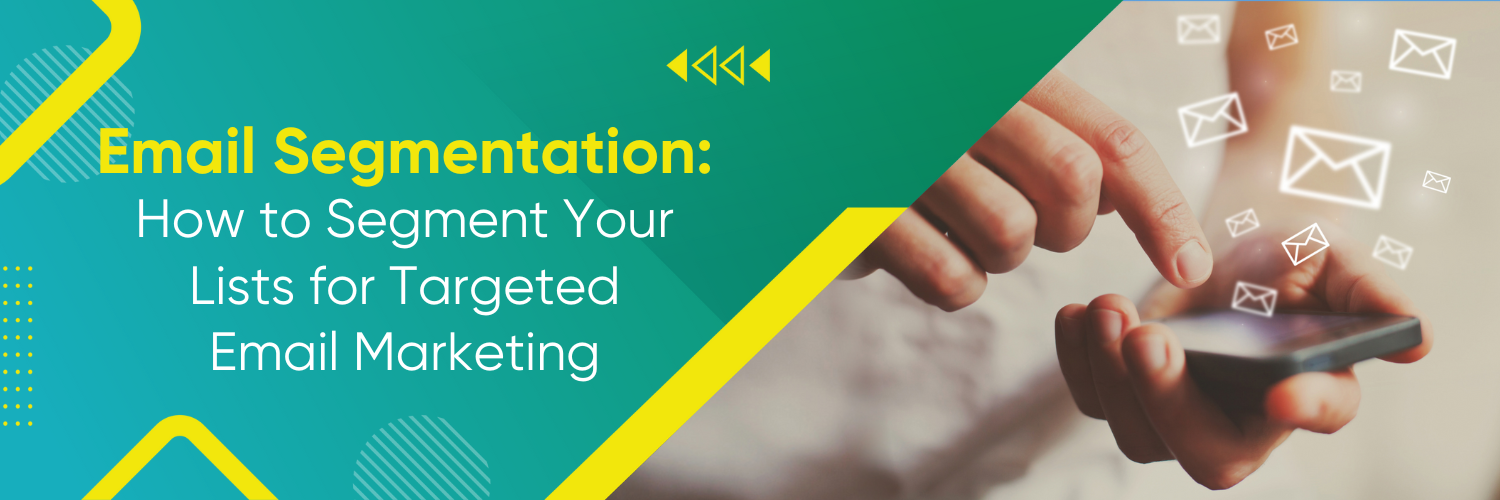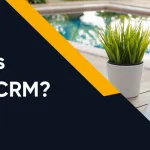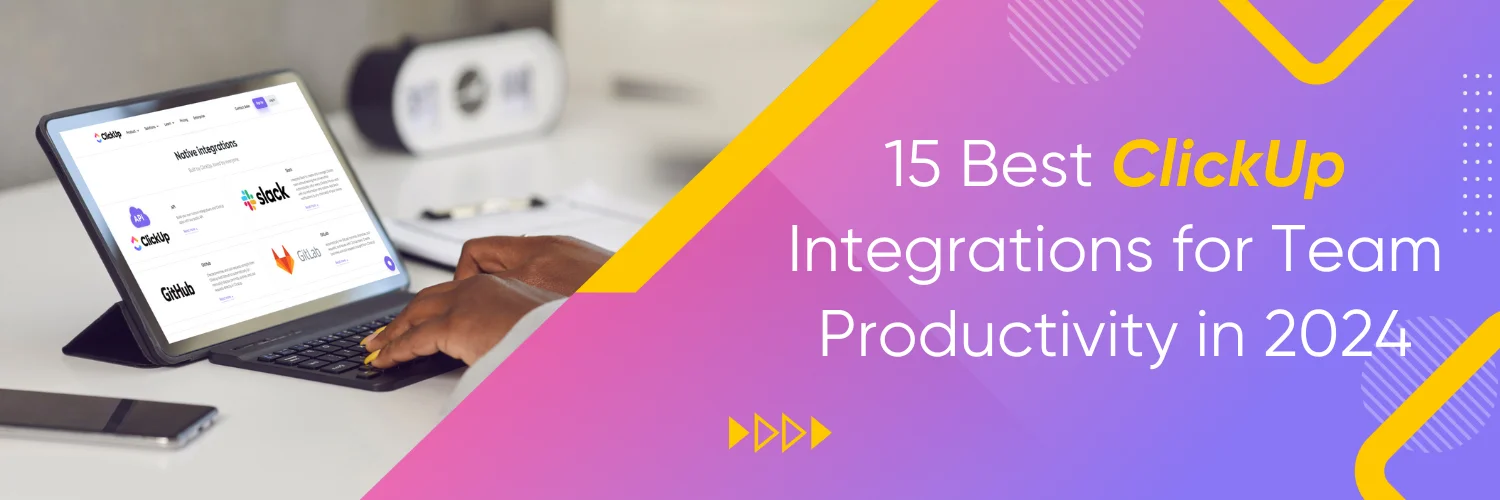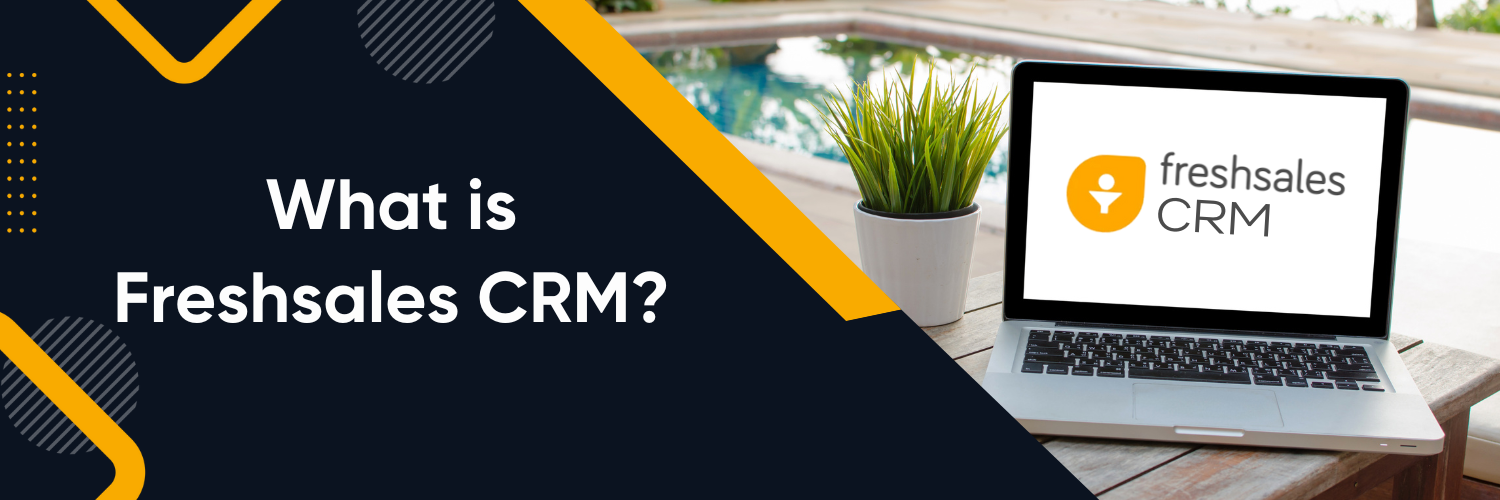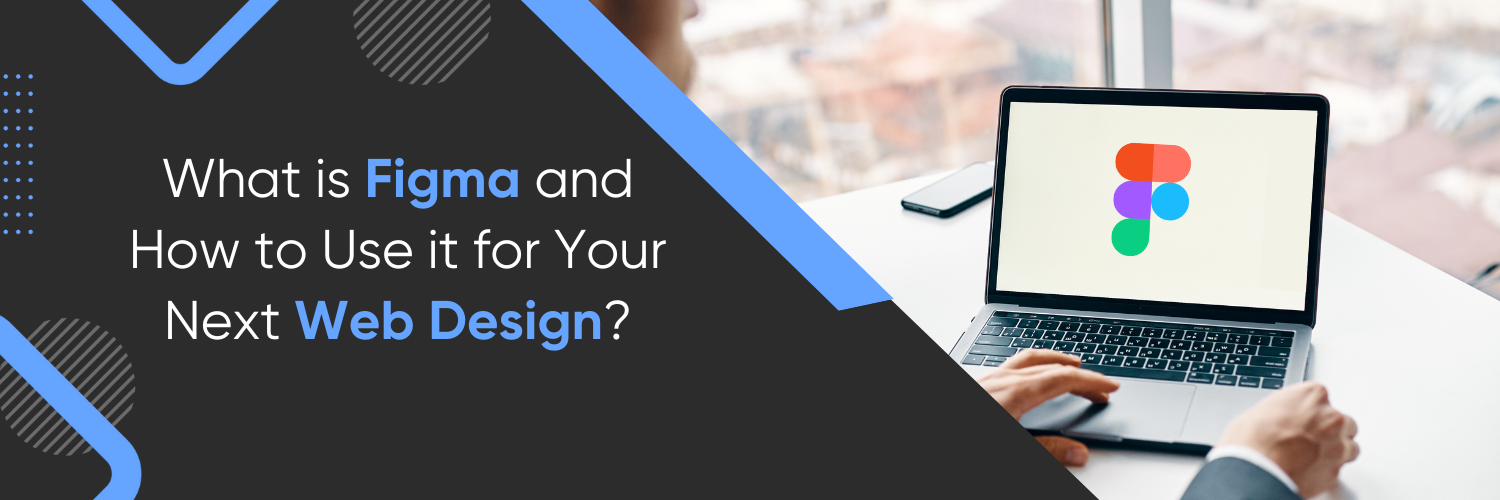What is Email Segmentation?
Email segmentation means dividing the people on your email list into smaller groups based on things like age, where they live, what they’ve bought before, or how they’ve interacted with your emails. The idea is to send messages that fit each group better, making your emails more interesting and useful to the people receiving them. This usually leads to more people opening and engaging with your emails, which is good for your business.
The Role of Email Segmentation in Marketing

Email segmentation plays a pivotal role in the success of an email marketing campaign. By sending tailored emails to specific segments, businesses can ensure that their messages are relevant, engaging, and action-inducing, which can significantly boost the overall effectiveness of their marketing campaigns.
The Benefits of Email Segmentation

Email segmentation can drastically improve several key metrics of your email marketing efforts. Firstly, segmentation can lead to increased open rates as your emails become more relevant to the receiver. Additionally, this practice can also boost click-through rates because the provided content is more tailored to the recipient’s interests or needs. Furthermore, personalized and relevant emails lead to improved customer engagement, deepening their relationship with your brand. Lastly, email segmentation can reduce unsubscribe rates by ensuring that the emails your subscribers receive are aligned with their preferences and needs.
Factors to Consider When Segmenting Your Email List

When segmenting your email list, several factors need to be considered. Demographics such as age, gender, and occupation can offer vital clues about a subscriber’s needs and interests. Geographical location can help tailor emails to coincide with regional events or cultural practices. Past purchases can shed light on what products or services a customer might be interested in, while behavioral data like website browsing habits can indicate potential areas of interest. Lastly, a subscriber’s engagement with past emails can guide future content, frequency, and timing of emails.
The Importance of Email Segmentation Factors

Each factor in email segmentation provides unique insights into your email marketing strategy. For example, tailoring emails based on a subscriber’s past purchases can enhance relevance and personalization. Similarly, leveraging behavioral data can enhance email relevance and drive better engagement. By understanding these factors, you can tailor your email strategy to meet the specific needs of your various segments.
How to Effectively Segment Your Email List

To segment your email list, you first need to collect data from your subscribers. This can be done through signup forms, customer purchase history, and tracking online behavior. Once you have enough data, you can begin dividing your list into segments based on the factors mentioned earlier. Make sure to test and optimize your segments over time to ensure maximum effectiveness.
Tools for Email Segmentation

There are numerous email marketing tools available that offer segmentation features. Mailchimp, ActiveCampaign, and Hubspot are just a few examples. These tools differ in their capabilities and ease of use, so it’s important to research each one to find the best fit for your business needs.
Best Practices for Email Segmentation

- It’s vital to regularly update your segments to reflect changes in your subscribers’ behavior or preferences.
- It’s also essential to ensure data accuracy. Poor data quality can lead to irrelevant emails and decreased engagement.
- Create personalized emails based on your segments. This will help to maintain relevancy and increase engagement rates.
Case Studies of Successful Email Segmentation

A few companies have leveraged email segmentation with great success. For instance, Amazon uses past purchase behavior and browsing history to send highly targeted emails, leading to increased click-through rates and conversions. Another example is Spotify, which uses listener habits to recommend music, leading to higher engagement rates. These case studies illustrate how effective email segmentation can be when used correctly.
Common Challenges in Email Segmentation and How to Overcome Them
- Email segmentation is not without its challenges.
- Maintaining data quality can be tricky, especially with large lists.
- Regularly cleaning your list and updating your segments can help to ensure your data stays accurate.
- Segment size can also be a challenge, as overly small segments may not be cost-effective.
- Balancing segment size and relevancy is key.
- Over-segmentation can lead to overly complicated campaigns.
- Finding a balance between customization and manageability is vital to effective email segmentation.
Conclusion

The importance of email segmentation in today’s digital marketing landscape cannot be understated. It allows for more personalized and relevant emails, leading to increased open and click-through rates, improved customer engagement, and reduced unsubscribe rates. Despite the challenges, with the right approach and tools, email segmentation can significantly improve your email marketing efforts.
Effective email segmentation is paramount in achieving targeted and successful email marketing campaigns. It allows you to provide personalized content that resonates with your audience, thus increasing engagement and conversions. But if you’re unsure about how to segment your lists or need a helping hand to improve your email marketing efforts, Ubique Digital Solutions is here for you. With our expertise in digital marketing strategies, we can help your business thrive in this highly competitive digital era. Contact us now!
FAQs
Q: What is email segmentation?
Email segmentation is the practice of dividing your email list into distinct groups based on specific criteria such as demographics, purchasing behavior, or engagement with previous emails.
Q: Why is email segmentation important?
Email segmentation is crucial as it allows you to send more relevant and personalized emails to your subscribers, leading to increased engagement and conversion rates.
Q: How can I segment my email list?
You can segment your email list by collecting data from your subscribers, either through signup forms, customer purchase history, or tracking online behavior. This data can then be used to create different segments.
Q: What are the challenges of email segmentation?
Some common challenges include maintaining data quality, balancing segment size and relevancy, and avoiding over-segmentation.
Q: What tools can I use for email segmentation?
Tools like Mailchimp, ActiveCampaign, and Hubspot offer email segmentation features.
Q: What are some successful email segmentation case studies?
Companies like Amazon and Spotify have successfully implemented email segmentation, resulting in increased engagement and conversions.
